Do Your Own Ting!
Here is another article from Dean Huseby’s Norwegian American Cousin Connections newsletter
Featured photo: An early Norwegian court Frostatinget had its seat at Tinghaugen in Frosta municipality in the county of Nord-Trøndelag By Stig Morten Skjæran (Own work) [CC BY-SA 3.0], via Wikimedia Commons
By Dean Huseby
One has to be careful when one uses an English word because it may have a whole different meaning in another language. During the 1960s and 1970s, there was a prevailing attitude among the young people in America and that was “do your own thing.” It expressed an independent, anti-establishment attitude that challenged the very foundations of our culture. But it was very interesting when I found out the Norwegian “Ting” (thing) had the opposite meaning which was to establish order during ancient Viking times and today.
During the Viking and pre-Viking eras, Norway and all of Scandinavia was divided into many small kingdoms called “fylkis”. All free people in these kingdoms would assemble together to enact laws and administer justice. These assemblies were called “Tings” or “Things” in English. Tings were necessary to maintain order within the various kingdoms and dealt with vital issues such as tribal feuds and social injustice. No public action in Viking society could be undertaken without conducting a Ting. Any free person whether wealthy or peasant was subject to the action of the Ting and had an equal voice in determining that action. The only non-voting members of society were slaves who had been captured during the raids. The tribal chiefs, even the kings, were elected at the Ting and therefore prevented from “doing their own thing.” It was truly power to the people. Democratic institutions have deep roots in Norway.
Today, the Norwegian Parliament is called Storting, or Great Thing. Up until 2007, the two chambers of the Storting were called Lagting (Thing of Law) and Odelsting (Thing of the Lords) which were patterned after the American Senate and House of Representatives. (Now they have but one chamber. Perhaps with the current conflict between our Senate and House, it might be something for us to consider, but it is unlikely to ever happen.) There is evidence of Tings throughout the areas wherever Viking influence was felt.
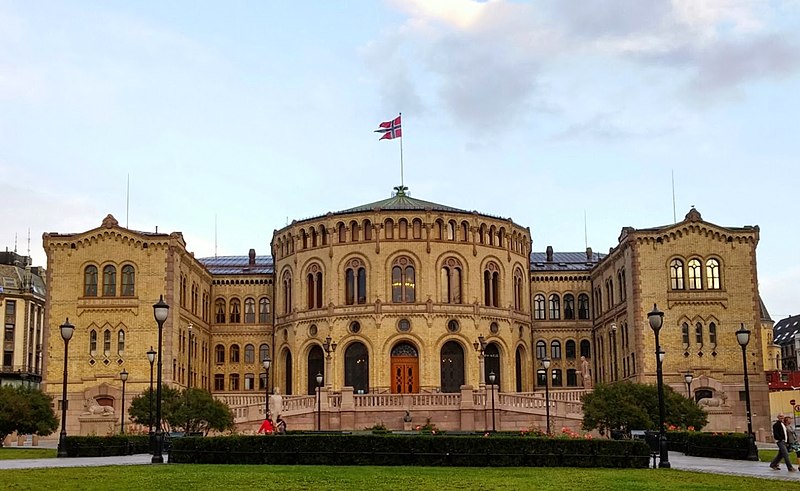
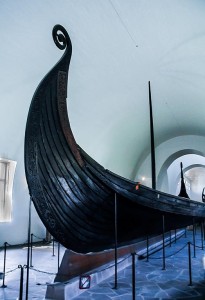
In ancient times, Tings were often conducted annually in a specific location such as an open field. As Norway became one kingdom, the most important meeting place for Tings was in Tønsberg, considered to be the oldest existing town in Scandinavia. It is located 50 miles (80 km.) southwest of Oslo. It was here that the famous Oseberg Viking ship was unearthed, now housed in the Viking Ship Museum in Oslo. It is also believed to be the grave of Queen Åsa Haraldsdottir of Agder (an ancestor on the Eide side of our family) and grandmother of King Harold Fairhair. It became the place where ancient kings were crowned, so Tings were very much a part of this town. Harold is thought to have conducted the first Ting in Gulen, Norway, just south of the Sognefjord.
Oftentimes several chiefs could be elected to govern an area. These men were given the title of “herse”. However when only one chief was elected, they were given the title of “jarl” (earl) or king. The king was responsible for leading the army into war, along with performing judicial functions. But at least in the early days, the king was self-supported, not tax supported. His son usually was chosen to succeed him; however, that was not automatic. The right of succession still had to be ratified by the people at the Ting. If the people did not like that choice, the son would not become king. Their vote was the final word. It is interesting to note that one of my ancestors, King Olof Skötkonung of Sweden was deposed by a Ting. The people had become unhappy with his conversion to Christianity. Justice was administered by judges or lagmen. The lagmen had to memorize every law passed by the Ting, because there was no written language. They then had to interpret, explain and administer the laws. The lagman, along with the chief or king, presided over the Ting.

I guess there is actually a correlation between “Doing your Thing” in the 1970s in America and the Viking days where they “did their own Ting”. Those who ruled in Viking times were subject to the prevailing will of the people and even kings could be removed if the Ting did not approve. In the 1970s, those opposed to the Vietnam War and the establishment conducted a Ting so the voice of the people could be heard. The outcome was that President Nixon was removed from office and order was restored. However, “doing their own thing” is often more associated with disorder and doing what made one feel good than creating order
out of chaos.
This article is from Dean Huseby’s newsletter Norwegian & American Cousin Connections. If you would like to receive Deans’s articles you can subscribe to his email list by using the address below. (The email address is presented as a graphic to prevent it from spamming. You will have to write the address into your emailreader)

If you have family stories and/or pictures you would like to share, I am happy to publish them on my blog. Go to the contact page and send me a word!



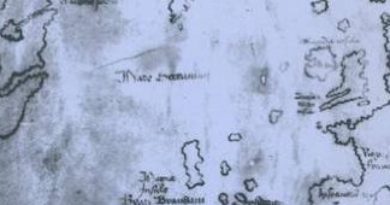
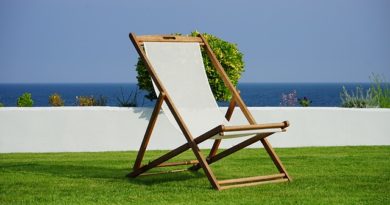
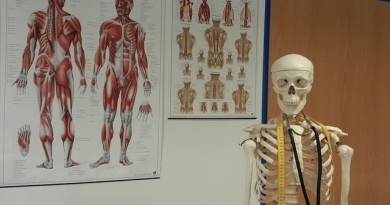
Very interesting learning something about Viking history.
Hello Douglas
Thanks for visiting my blog and for Your kind Words!
Martin
I enjoy learning about the proud history of my ancestors. Very Interesting and well written. Thank you Martin!
Thanks for visiting my blog Ranae, and thank you for the kind words. In this case the praise should be forwarded to Dean Huseby who kindly shared his writings with us